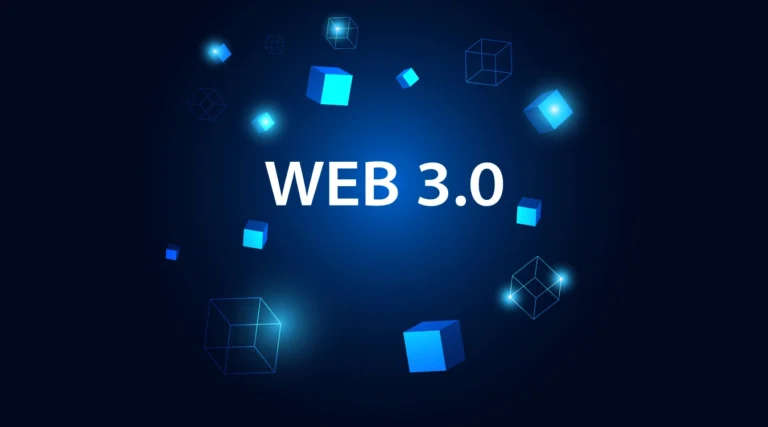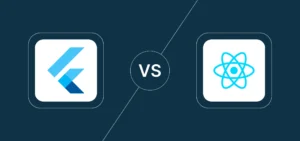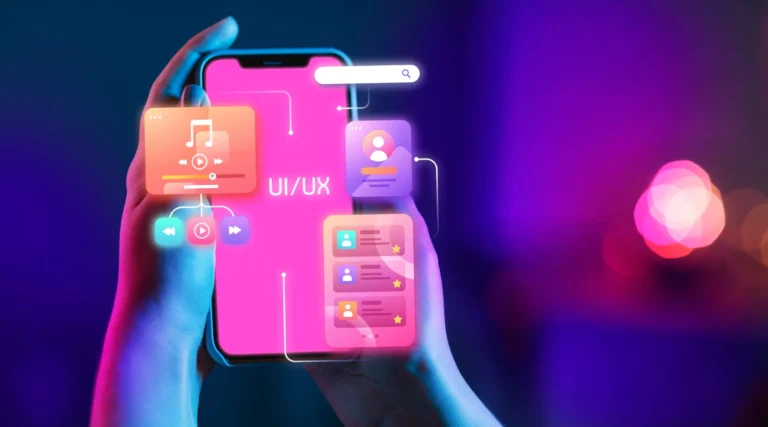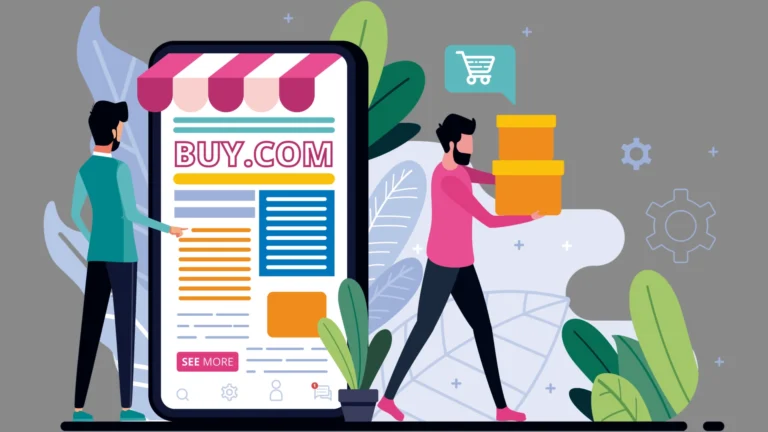Table of Contents
Description
NVIDIA’s Project GR00T is an exciting endeavour with a big vision: to transform humanoid robotics as we know it. By harnessing NVIDIA’s powerful GPU and AI technologies, the project aims to push the boundaries of what robots can do, making them smarter and more human-like than ever before. Whether it’s improving their ability to move and handle objects or making interactions with them feel more natural and intuitive, Project GR00T is on a mission to redefine how we see and interact with robots, potentially bringing them closer into our everyday lives.
Why Is Uber So Successful?
Uber redefined convenience in transportation. From its inception, the company focused on removing pain points—waiting, haggling, and uncertainty—from traditional taxi services. Instead, it introduced real-time tracking, upfront pricing, and digital payments—all accessible through a few taps on a smartphone.
With over 131 million active users globally (as of 2023), Uber’s success is driven by three core pillars:
- On-demand convenience – Users can book a ride instantly.
- Reliability and trust – Ratings, verified drivers, and SOS features enhance safety.
- Multiple ride options – From budget-friendly to premium cars, bike taxis, and more.
A successful taxi booking app like Uber must integrate these core strengths: ease of access, real-time visibility, safety features, and ride flexibility.
Uber’s Business Model – The Aggregator Approach
Uber operates on an aggregator-based platform model. It does not own vehicles. Instead, it connects independent drivers to riders and earns revenue through a commission structure.
The beauty of this model lies in scalability and low asset ownership. Uber’s ecosystem supports millions of driver-partners, all managed via a central algorithmic system that matches supply with demand dynamically.
If you’re planning to develop a taxi booking app like Uber, replicating this asset-light architecture enables you to launch quickly, scale geographically, and maintain operational efficiency.
Some essential components of the Uber model include:
- Demand Prediction Algorithms – Optimize driver deployment based on user density.
- Dynamic Pricing – Adjusts fares during peak hours to balance demand and supply.
- Geo-Fencing – Customizes features and pricing based on location.
This smart, tech-enabled infrastructure has made Uber the gold standard for ride-hailing solutions.
How Does Uber Make Money?
Uber has diversified its revenue streams while keeping its core model efficient. Here are the main monetization methods any Uber-like app can follow:
- Commission Per Ride
Uber earns between 15–30% commission from every ride. This percentage varies based on location, demand, and driver incentives. - Surge Pricing
During peak hours or bad weather, prices increase automatically. This surge pricing not only increases company revenue but also motivates more drivers to come online. - Subscription Services
Uber offers Uber One and Uber for Business subscriptions, where users pay a monthly fee for discounts, premium support, and ride priorities. - Advertisement Revenue
In-app promotions and partnerships allow brands to advertise to Uber’s massive user base. - Other Services
Uber Eats, Uber Freight, and Package Delivery services help tap into additional markets.
This multi-layered strategy ensures that a taxi booking app like Uber doesn’t rely on a single revenue stream—diversification is key.
Must-Have Features in a Taxi Booking App Like Uber
For a smooth, Uber-like experience, your app must be feature-rich, user-friendly, and fast. Here’s a breakdown of essential components:
Rider App Features:
- Ride Booking: Choose pickup/drop locations and ride types.
- Live GPS Tracking: View driver’s location in real-time.
- Fare Estimation: Transparent pricing before ride confirmation.
- Multiple Payment Options: Credit cards, wallets, UPI, cash.
- Trip History: Past ride data, receipts, and rebooking.
- Safety Button: SOS feature with emergency contacts.
- Ratings & Reviews: Helps improve service quality.
Driver App Features:
- Trip Alerts: Accept or reject requests in real-time.
- Navigation Integration: Google Maps or Mapbox for route assistance.
- Earnings Dashboard: Track daily, weekly, and monthly income.
- Ratings & Feedback: Build trust with consistent service.
- Driver Support Chat: Contact the admin or help center instantly.
Admin Dashboard:
- User & Driver Management: Add, edit, and block users or drivers.
- Analytics & Reports: Real-time insights into operations.
- Payment Management: Commission tracking and disbursement.
- Dispute Resolution: Handle complaints or fare issues.
- Promotions & Coupons: Run marketing campaigns.
These modules are the backbone of any taxi booking app like Uber—efficiently connecting riders and drivers while keeping operations transparent.
Steps to Build an App Like Uber
Creating your own Uber-like app involves several strategic and technical steps. Here’s a simplified roadmap:
1. Market Research & Planning
Understand your target audience—urban professionals, students, corporate clients, or rural users. Analyze competitors, identify pain points, and define your USP.
2. Finalize Core Features & Services
Decide whether you’ll offer only taxi rides or additional services like bike taxis, car rentals, and deliveries. Include multi-lingual support if targeting regional markets.
3. Choose the Right Technology Stack
Your app must be scalable and secure. A sample stack includes:
- Frontend: Flutter / React Native
- Backend: Node.js / Django
- Database: MongoDB / MySQL
- Real-Time Communication: Firebase, Socket.io
- Maps & Navigation: Google Maps API
4. Build MVP (Minimum Viable Product)
Start with core modules: booking, tracking, payment, and support. Test it in a single city or user group before scaling.
5. Prioritize Performance & Security
With Uber handling millions of rides per day, performance testing, load balancing, and data encryption are vital.
6. Continuous Improvement
Add advanced features like loyalty points, gamified experiences, or AI-based ride suggestions based on usage data
Expanding into Deliveries – Beyond Ride Booking
Uber’s model has successfully branched out into delivery services, including Uber Eats, Uber Freight, and Uber Connect. This is a natural extension of the ride-hailing infrastructure.
To build a delivery app like Uber, your app must offer:
- Order Pickup & Drop-off Flow
- Real-time ETA & Notifications
- Delivery Proof (OTP, Signature, Photo)
- Vendor/Partner Dashboard
- Instant Chat & Call Support
According to industry stats, the global delivery market is expected to reach over $400 billion by 2030, driven by e-commerce and hyperlocal demand. This opens vast opportunities for startups and logistics companies to adopt an Uber-style delivery platform.
Build Your Uber-Like App with Equitysoft Technologies
At Equitysoft Technologies, we specialize in developing custom taxi booking apps like Uber that are scalable, secure, and feature-rich. From concept to launch, we handle everything with precision and innovation.
Our Strengths:
✅ Full-cycle app development (iOS, Android, Web)
✅ Real-time location & route APIs
✅ Powerful admin dashboards with analytics
✅ Secure cloud architecture & user privacy compliance
✅ Post-launch support, maintenance, and feature upgrades
Whether you’re launching in a single city or across multiple regions, we tailor the solution to meet your business goals.
👉 Visit Our App Development Page






